The history of the modern backpack is a difficult subject to tackle. The reasons for that are that development has not been linear, having many of the same features popping up in different places at different times, and because defining what constitutes a modern backpack is a tricky thing.
As Nena Kelty stated, “Man has been carrying stuff on his back forever. A backpack is nothing new.”
Looking back in history, people have indeed always carried stuff on their back. One of the ways that has been done, which relates to our discussion of modern backpacks, is to use a bag with attached shoulder straps, i.e. a rucksack. This is the type of pack we see used by people like Nessmuk and Kephart. Another way stuff can, and has historically been carried on the back is with the use of a frame with attached shoulder straps. To the frame people have then tied gear, barrels, boxes, etc. The Alaskan pack frame is a good example, and was inspired by earlier Native American frame design.
While both of the above approaches are related to the modern backpack, and successfully allow for the carrying of equipment, I would not call either of them a modern backpack. Keeping that in mind, in this post I will look at historical occurrences of convergence between these two features. By that I mean, I will be looking at the emergence of a bag with a weight bearing and weight transferring frame, either internal or external. Also, please keep in mind that this is just a few notes I have gathered together because I was curious. This should not be looked at as in any way being a comprehensive work on the subject.
Knowing the inventiveness of man, a backpack which meets the above criteria has probably occurred in history numerous times at different places around the world. In this post I will try to look at more widely spread use of such designs, which have had a more direct influence on the packs we see today. One of the earliest documented instances of a somewhat modern pack design however, dates as far back as 3300BC. It is the pack of Otzi, whose body was found frozen in the Alps. We can not say with certainty exactly what the pack looked like, but one potential reconstruction looks something like this:
If Otzi’s backpack in fact looked similar to the above reconstruction, it would have been a relatively modern design. It features an external frame with cross pieces and a bag attached to it. There is no hip belt, so weight transfer would be minimal. Of course, this is just a guess. For all we know the pieces discovered might have been parts of a snow shoe. It is also not clear if this was the invention of a creative individual, or if it was a common and widely used design at the time. If it was the later, for some reason the use of the design is not readily seen in the millennia to follow.
The first clear, widespread and well preserved occurrences of a framed backpack occur in Norway in the late 1800s. The pack you see below is referred to as sekk med meis, literally meaning “bag with a frame”, and dates to 1880.
Again, it features a frame to which a bag is attached. The bag itself is typical of the frameless rucksacks used at the time. There may be a strap that wraps around the waist, but doesn’t seem to have any load bearing function.
Probably the first patented framed backpack design was that of Colonel Merriam in 1886. It was a modification to the typical military knapsacks carried at the time.
While the frame looks cumbersome, and never saw widespread use, it is the first clear occurrence of an attempt to transfer the weight of the pack off the shoulders and onto the hips. While it does not feature a full hip belt, the design allows for significant weight transfer to the hips, allowing for the carrying of heavier loads.
The next patented backpack design was that by the Norwegian Ole F. Bergans in 1909.
The similarity to the earlier 19th century Norwegian framed backpacks is clear. It utilizes the same rucksack design that was used by people like Nessmuk and Kephart, and adds a metal frame instead of the wooden one we saw in the 1880 sekk med meis. The metal frame was shaped to the body, and while there was no hip belt, the curved shape of the waist piece would allow for at least some weight transfer to the hips.
In 1922, Lloyd F. Nelson patented the Trapper Nelson backpack. It was based on earlier Native American pack frame designs, and clearly evolved separately from the Norwegian pack designs. It much more closely resembles the possible reconstruction of Otzi’s pack.
The pack features a full frame with an attached bag, which could be removed. The curved waist piece that we see on the Bergans design is not present here, nor is any other device which would serve to transfer weight onto the hips. While the frame provides considerable rigidity, the weight of the pack is largely supported on the shoulders. Even though it is a later design, the Trapper Nelson pack seems further removed from the modern backpack than the earlier Bergans design. Even so, it was relatively successful commercially.
The next step in development of the modern backpack occurred in 1952 when Asher “Dick” Kelty and Nena Kelty started to manufacture packs in their garage. Their packs featured an external aluminum frame which ran the whole length of the pack and had a hip belt which allowed for some weight transfer to the hips.
Even though Kelty did not pattern their design, they are widely acknowledged as the ones to first introduce this pack design on the market. While the pack would be recognizable to any modern backpacker as a classical external frame pack, it still lacked a full padded hip belt. On a modern pack, the hip belt design can allow for over 60% of the weigh, and as much as 90% of the weight to be transferred onto the hips. This was still not possible with the thin belt design of the early Kelty packs. The Kelty packs carried by Jim Whittaker and his team on Everest in 1963, still did not have a full wrap around padded hip belt.
Sometime in the late 1960s Kelty started to offer a padded wrap around belt as an option on their packs. I have not been able to find the exact date, or to determine if the belt design originated with any of its competitors.
In 1970 Kelty introduced the quick release hip belt buckle, and by 1972, when the Kelty Tioga was introduced, the familiar external frame backpack had come into being, complete with a bag, a full frame, and a full padded hip belt capable of transferring significant weight to the hips.
The above picture shows a modern Kelty Tioga backpack. It has all of the features of what I would consider a modern backpack.
Once all of the features of a modern backpack came together, soon after, the internal frame backpack was released. There is some debate as to who made the first prototype, but it is generally accepted that in 1973 Kelty released the first commercially available model, the Kelty Tour.
The Kelty Tour you see in the above picture is the first of a line of packs that has come to dominate backpacking, and for most people will constitute the image of the modern backpack. It is based on a large compartment bag, with an internally contained full length frame, which transfers the pack weight to the hips using a full padded hip belt.
There is however another more recent development in evolution of the modern backpack, that is sometimes ignored because of the relatively small market it reaches. It began in 1997 when Patrick Smith founded Kifaru. Kifaru, along with several other companies have pioneered a form of an external frame pack, which would hardly be recognized by most people as such. Similar designs are offered by Stone Glacier, Mystery Ranch, Kuiu, and Paradox Packs.
The above picture shows a Stone Glacier pack, utilizing their Krux frame system. The packs are mostly used by hunters, which require the ability to carry very heavy loads. Whether this type of pack spreads to a wider audience is still to be seen. What is clear is that it is not your regular external frame backpack.
All of the above is just my brief overview of the history and development of the modern backpack. Of course, all along, different designs have co-existed. Frameless packs have remained in existence and are prevalent in ultralight backpacking circles; external frame packs like the Kelty Tioga are still in production and can be seen on the trail, and in some areas, even older methods such as pack boards remain in use.
Some of the above pictures contain hyperlinks to site where I have either gotten the image or contains information on the subject. Make sure to check them out.
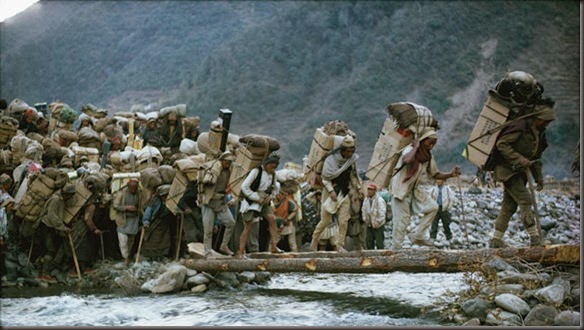

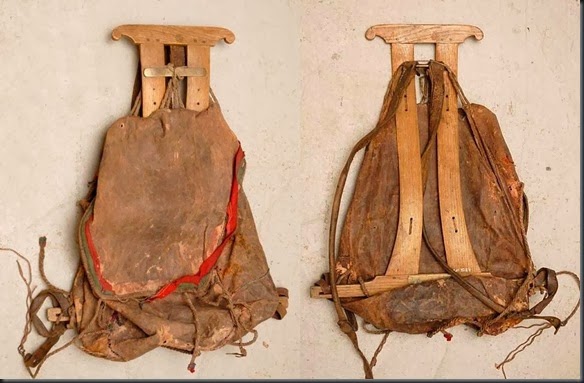
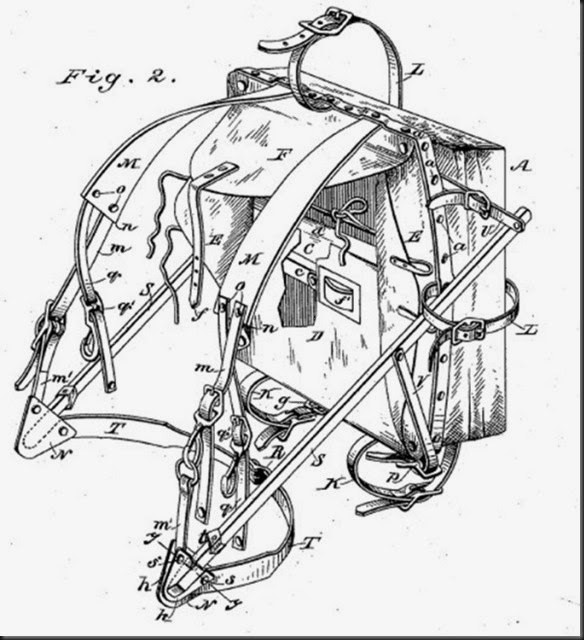
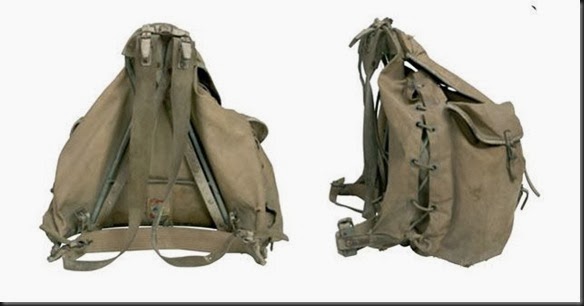
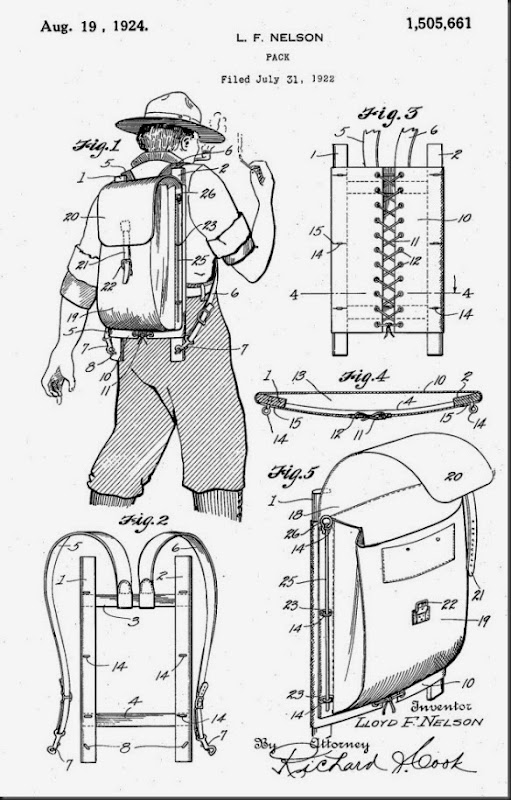
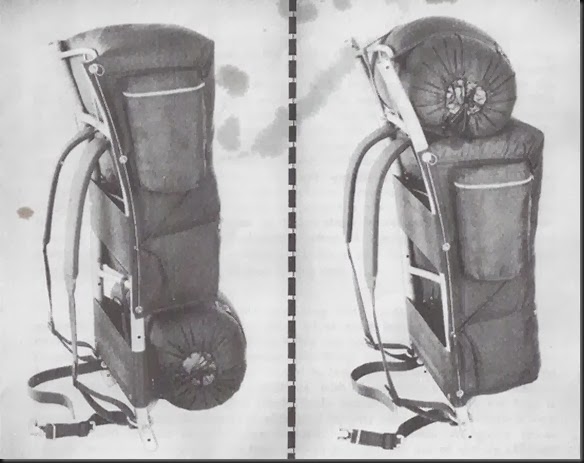
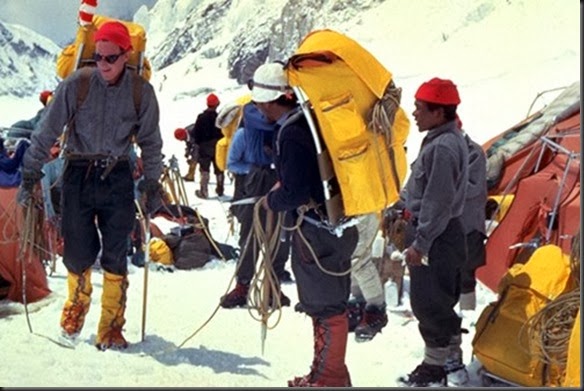
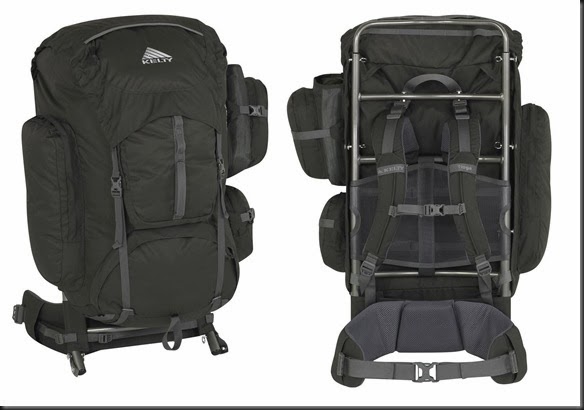

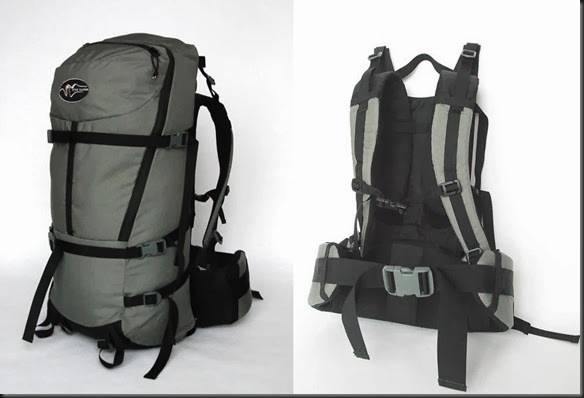
No comments:
Post a Comment